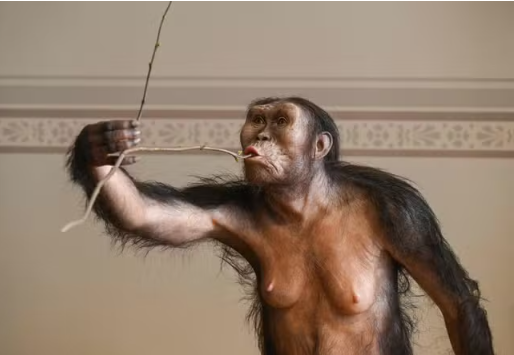The bone fragments of Lucy, a 3.18 million-year-old human ancestor and which rarely leave Ethiopia, will go on display in Europe for the first time in Prague this year, the Czech premier said on Tuesday, February 4. The ancient remains of the Australopithecus afarensis were discovered in Ethiopia in 1974. The find was, at the time, the most complete ever found, and revolutionized the understanding of humanity’s ancestors.
“Lucy’s skeletal remains will be displayed in Europe for the first time ever,” Prime Minister Petr Fiala told reporters as he announced the rare loan by Ethiopia’s National Museum. The fragments will be shown at Prague’s National Museum as part of a “Human Origins and Fossils” exhibition for two months from August 25.
The remains will be presented alongside Selam, the fossil of a baby Australopithecus who was about 100,000 years older than Lucy and found in the same place 25 years later. “This historic exhibition… will offer tourists and researchers a once-in-a-lifetime opportunity to see these priceless fossils
In her current shape, Lucy consists of fossilized dental remains, skull fragments, parts of the pelvis and femur. The fossilized skeleton of the 1.1-meter-tall, 29-kilogram Lucy last left Ethiopia between 2007 and 2013 when it toured US museums. The hominid was named after the Beatles’ song “Lucy in the Sky with Diamonds,” which the team that had found her listened to after the discovery.


No Comment Found.